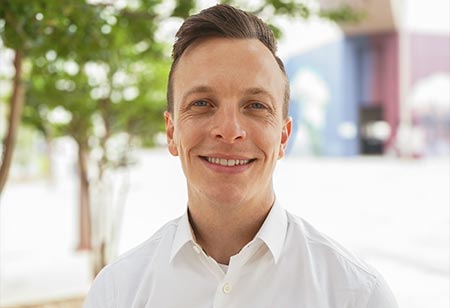

Thank you for Subscribing to Agri Business Review Weekly Brief

Michael Towey is an experienced operations professional at Good Day Farm with a strong background in technology, agriculture, and innovation. He featured in the Agribusiness Review for his forward-thinking approach to integrating technology into cannabis agriculture, demonstrating leadership and inventive solutions in agribusiness.
In an exclusive interview with Agri Business Review, he shared invaluable insights on how Long-term success hinges on investing early in high-quality infrastructure to avoid crippling reinvestment costs later. • Can you briefly describe your leadership role as Operator, Founder, Advisor? What are your key responsibilities and areas of focus? • As a cultivator and operator, it is people and process. The term “Be process dependent, not people dependent” is said a lot in operations, and it is true. However, the cannabis industry is built on people who are often first timers. First timers in a cultivation facility, first time using technology, first time leading. I think it is my responsibility to educate and empower people to understand process intimately. Strong people execute and inform strong processes. These two things are cyclically linked, and the best teams value both together. • As a founder and advisor, my focus is on actionability and expense management. It may be oversimplification, but new tools and offerings need to be built by teams and leaders who understand cost management, and customer value. Cannabis as an industry has a lot of what I call “surface scratchers” – companies and individuals who are interested in solving entry level issues, not root cause problems. This erodes operator confidence and encourages reliance on anecdotal decision making • You’ve overseen over 2 million square feet of cultivation design. What’s one overlooked variable in facility design that has the biggest long-term operational impact? • Infrastructure quality. From HVaC equipment, to how the floors and walls are built. Teams underestimate the operational expenses they will incur from underspending on the initial capital investment. We are starting to see facilities reach equipment maturation ages with things like HvaC and lighting. Are businesses prepared to reinvest the millions of dollars required to stay consistent? Ageing equipment can also be a culture killer, affecting team morale and trust. Many companies had initial visions of raising and exiting quickly, but now there is a transition to businesses becoming evergreen. Focus on quality infrastructure early is becoming a differentiator in successful operators.Strong cultivation comes from empowering people and honoring process. When infrastructure, data, and disciplined execution align, operators build resilience, consistency, and lasting trust in an evolving industry.

However, if you would like to share the information in this article, you may use the link below:
https://www.agribusinessreviewapac.com/cxoinsight/michael-towey-nwid-1898.html